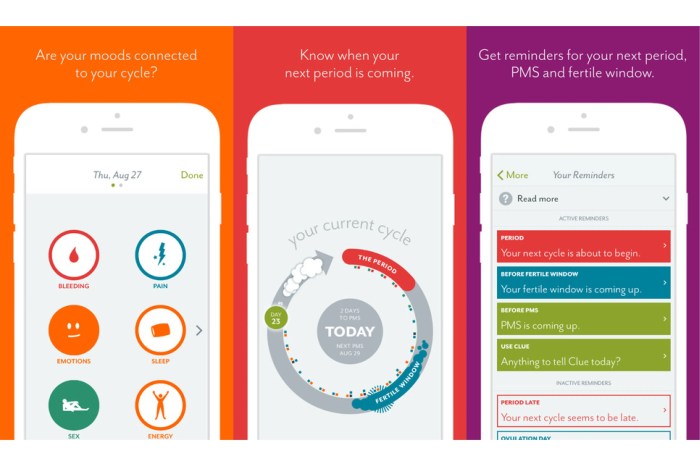Best Organization Apps Your Ultimate Guide
Tired of scattered to-dos and overflowing inboxes? We’ve got you covered! Navigating the digital landscape of productivity tools can feel overwhelming, but fear not, fellow organizers. This deep dive into the best organization apps is your roadmap to conquering chaos and reclaiming your time. From simple task management to complex project orchestration, we’ll explore the diverse world of apps that can streamline your life.
This comprehensive guide explores everything from the top-rated apps to essential features, user experience, integration with other tools, security, mobile considerations, pricing, and specific use cases. Whether you’re a student, freelancer, or seasoned manager, we’ve got the insights you need to find the perfect organizational partner for your workflow.
Introduction to Organization Apps
In today’s fast-paced world, effective organization is crucial for success, be it in personal or professional life. Organization apps have emerged as powerful tools to streamline tasks, manage projects, and maintain order. This article delves into the diverse world of organization apps, highlighting their key features, use cases, and popular examples.
Types of Organization Apps
Organization apps come in various forms, each tailored to specific needs. Some focus on task management, others on project coordination, and others on note-taking. Understanding the differences between these types is key to selecting the right app for your requirements.
Task Management Apps: These apps excel at breaking down complex projects into manageable tasks, assigning deadlines, and tracking progress. Common features include task prioritization, reminders, and progress visualization. Examples include Todoist and Any.do.
Project Management Apps: Designed for teams, these apps facilitate collaborative project planning, assigning tasks, tracking deadlines, and managing communication. Advanced features often include version control, Gantt charts, and communication channels. Popular choices include Asana and Trello.
Note-Taking Apps: These apps prioritize capturing and organizing information, ranging from simple notes to complex Artikels and mind maps. Some apps offer advanced features like tagging, searching, and syncing across devices. Evernote and OneNote are prominent examples.
Comparison Table of Organization Apps
| Category | Key Features | Common Use Cases |
|---|---|---|
| Task Management | Task prioritization, deadlines, reminders, progress tracking | Personal to-do lists, project task breakdowns, daily schedules |
| Project Management | Collaboration tools, task assignments, Gantt charts, communication channels | Team projects, product development, marketing campaigns |
| Note-Taking | Note organization, tagging, searching, syncing | Research, brainstorming, documentation, knowledge management |
Top-Rated Organization Apps

Several apps have gained significant popularity due to their user-friendly interfaces, robust features, and strong community support. Choosing the right one depends on your specific needs and workflow.
Todoist: Known for its intuitive task management features, flexible customization options, and strong integration capabilities. Users appreciate the seamless workflow and clear task visualization.
Asana: A robust project management tool for teams, offering a comprehensive suite of features for collaborative project planning and execution. Users praise its detailed project views and efficient communication tools.
Trello: Visually-driven project management app, using cards and boards to represent tasks and projects. Its intuitive drag-and-drop interface makes it popular among those who prefer a visual approach to organization.
Evernote: A versatile note-taking app with extensive organization tools. Its ability to store and retrieve various types of information makes it a favorite for research, note-taking, and brainstorming.
OneNote: Microsoft’s note-taking app, seamlessly integrated with other Microsoft products. Users appreciate its synchronization capabilities and compatibility with other tools in the Microsoft ecosystem.


